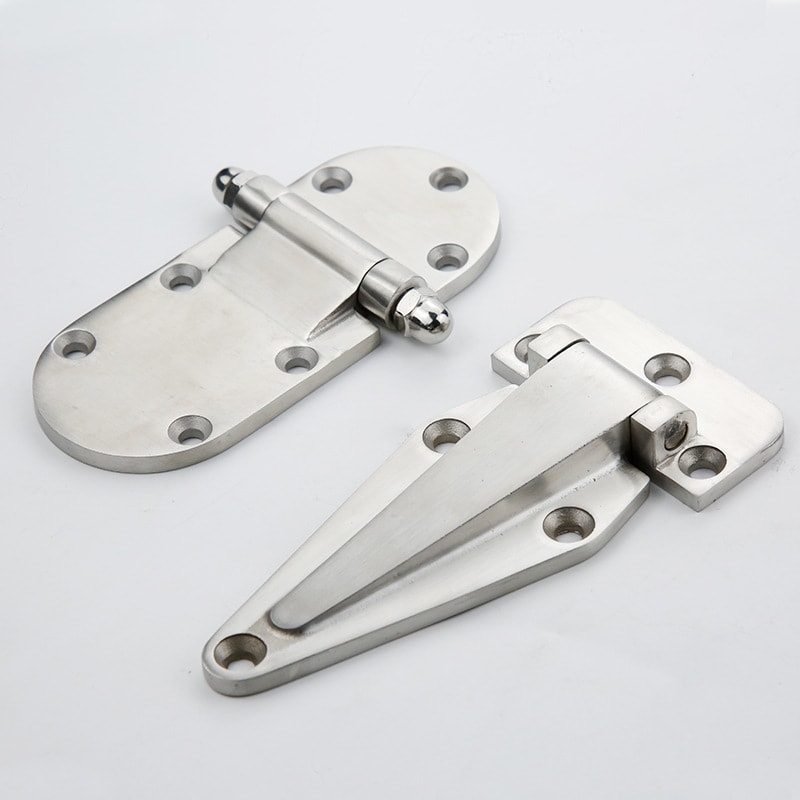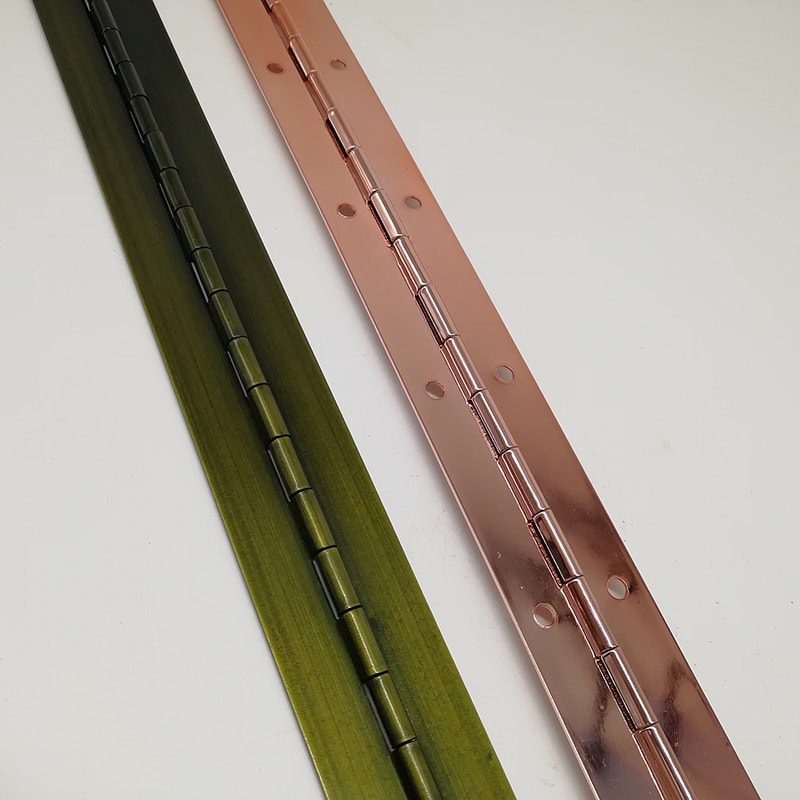Ever walked through a door and wondered, “Hmm, what makes this swing so smooth?” No? Just me? Well, let me tell you, there’s more to those hinges than meets the eye, especially when we’re talking about Fire Rated Hinges. Stick around, and I promise to keep it spicy — or at least as spicy as a chat about hinges can get.
So, why should you care about Fire Rated Hinges, you ask? Imagine you’re in a building, and a fire breaks out. Scary thought, right? These aren’t your average hinges; they’re designed to withstand extreme temperatures, keeping doors in place and preventing the spread of fire and smoke. In other words, they could save your life.
Now that I’ve got your attention let’s dive a little deeper, shall we? We’re talking about a component of passive fire protection – a real unsung hero in architectural safety.

What exactly are Fire Rated Hinges?
When we talk about Fire Rated Hinges, we’re diving into the world of passive fire protection. They’re not your ordinary butt hinges. They’re engineered to be part of a building’s fire safety strategy.
How do they work?
These hinges are built to endure the intense heat of a fire, ensuring that doors remain functional and securely closed. This is crucial for preventing the spread of fire and smoke between compartments in a building.
But how do they manage this feat? It’s all in the materials and design. Fire Rated Hinges are made from robust materials like steel or stainless steel. They often feature bearings that are capable of withstanding high temperatures without melting or failing.
What are the standards and certifications involved?
Ah, the world of standards and certifications – thrilling, isn’t it? But stick with me. For a hinge to be considered “fire rated,” it must meet specific requirements set by safety standards organizations. In the United States, that’s usually the Underwriters Laboratories (UL). In Europe, it’s the EN 1935 standard.
These certifications ensure that the hinges have been tested and can hold up to the rigors of a fire for a specified period, typically ranging from 30 minutes to 4 hours.

Installation considerations – Is it a DIY project?
Think you can slap these bad boys on your door with a screwdriver and a dream? Think again. Installing Fire Rated Hinges is not your typical DIY project. It requires precision and knowledge about fire doors and frames. Improper installation can compromise the fire rating of the entire door assembly.
It’s generally recommended to have them installed by professionals who know how to ensure that the door will perform as expected in the event of a fire.
Maintenance – Set it and forget it?
Not quite. Like any superhero gear, Fire Rated Hinges need a little TLC to keep them in top-notch condition. Regular inspections are crucial to ensure they’re free from damage and operating correctly. This might include checking for loose screws or signs of wear and ensuring the door closes properly.
Conclusion
So, there you have it. Fire Rated Hinges: the unsung heroes of passive fire protection. They may not be the most glamorous part of a building’s design, but they’re certainly among the most critical. By now, I hope you appreciate these little lifesavers a bit more. And hey, next time you walk through a door, give a little nod to the hinges that keep you safe.
You may be interested:
- Why Fire Door Hinges Need to be Made of Stainless Steel?
- What Are the Benefits of Custom Hinges?
- 6 Most Commonly Used Walk-in Freezer Door Hinges
- When purchasing piano hinges what aspects do we need to focus on?




